What is the Difference Between Geomatics and GIS?
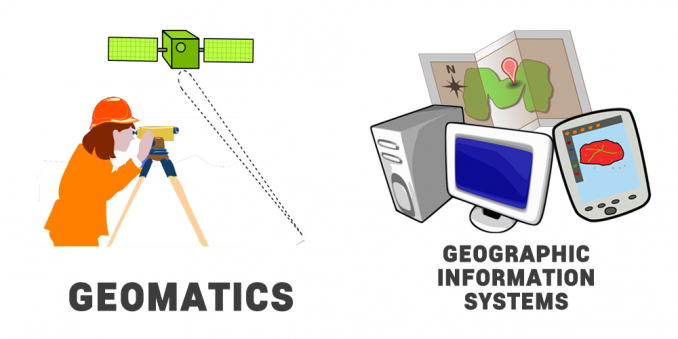
In the world of geography, two disciplines are often mistaken as the same one. These two fields are Geomatics and Geographic Information Systems.
They share a lot of resemblances. But they’re different.
Universities treat Geomatics and GIS as two separate curriculums. But what makes them different?
We outline some of the key differences between Geomatics and GIS below.
Two Disciplines with Different Roots: Geomatics and GIS
Where did the terms Geomatics and GIS originate? To get a better understanding of the terms, you have to look at the origins of the definitions.
What were the intentions of both terms’ origins?
Both the origins are Canadian but had completely different intents in their definitions of Geomatics and GIS.
Let’s take a look at Roger Tomlinson’s and Michel Paradis’ views of their definitions.
READ MORE: Geospatial vs GIS: What’s the Difference?
Roger Tomlinson’s GIS
In the early 1960s, Dr. Roger Tomlinson, the father of GIS, developed the world’s first true operational GIS as part of the Canada Geographic Information System (CGIS). In fact, the Canada Land Inventory (CLI) helped determine land capability for rural Canada by mapping data related to soils, agriculture, forestry, and land use.

Roger Tomlinson first used the term “Geographic Information System” in his paper “A Geographic Information System for Regional Planning”.
It was during Roger Tomlinson’s tenure with the Canadian government in the 1960s that he initiated the development of the Canadian Geographic Information System (CGIS).
Canada is the second-largest country in the world. Because of its sheer size, paper maps and analysis were cumbersome and inaccurate. This is why the Canadian government computerized the Canadian Land Inventory (CLI) in 1964. But it wasn’t until 1971 that it became fully operational.
What was the purpose of the CLI?
The CLI managed soil, drainage, and climate characteristics on the Canadian landscape. Because the CLI data determined land capability for crop types and forested areas, it became a key decision-making tool for land use in Canada.
Many consider CGIS as the roots of Geographic Information Systems. CGIS was unique because it adopted a layer approach system to map handling.
Since this period of time, GIS has evolved into a computer-based tool for storing and manipulating map-based land data. Here’s what the CLI looks like today:

Michel Paradis’ Geomatics
Michel Paradis “the father of Geomatics” created the term in the 1980s as a unifying umbrella for today’s multi-disciplinary challenges.
The vision of Geomatics was to master individual technologies and geographic data collection techniques. In addition, the focus is on the synergies when combining digital technologies from different disciplines.
Michel Paradis was a photogrammetrist working for the Ministry of Natural Resources in the Quebec Provincial Government.
Because of his keynote paper at the 100th-anniversary symposium of the Canadian Institute of Surveying, Michel Paradis is credited for creating the term “Geomatics” or “Geomatique”.
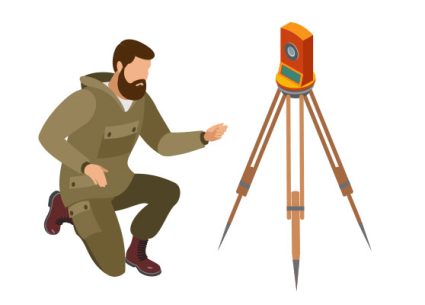
What was the idea of Geomatics that Michel Paradis wanted to convey?
The term Geomatics that Paradis wanted to convey was to encompass how modern technology data acquisition was becoming commonly involved in disciplines.
For example, this includes fields such as surveying, photogrammetry, geodesy and hydrography. Basically, it encompassed various methods and tools from data acquisition to distribution.
In 1986, the Laval Surveying Department in Quebec, Canada developed the first academic program in Geomatics in the world. Actually, it replaced its current curriculum in surveying.
The Field of Study: Geomatics
Geomatics is a scientific term for gathering, storing, processing, and delivering geographic information. Also, it is an umbrella term for every method and tool from data acquisition to distribution including math, computers, and Earth science.
If you were to look at a university curriculum for Geomatics (or Geomatics Engineer) you’d see subjects like land surveying & geodesy, remote sensing, photogrammetry and other scientific studies.
This doesn’t mean GIS analysts don’t work with remote sensing or survey data because they often do. The focus of Geomatics is based on products, services, and tools involved in the collection, integration, and management of geographic data.
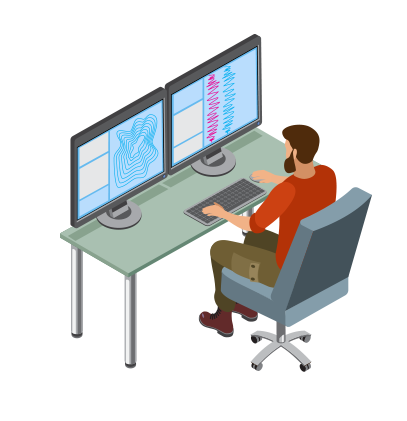
The Field of Study: Geographic Information Systems
Not to be confused with Geographic Information Science (GIScience), GIS is a very powerful tool that essentially does four things:
GIS puts data collection, storage, analysis, and visualization into action.
Take any real-world problem with a geographic nature such as climate change, pipeline networking, and environmental monitoring. Overall, GIS is your most efficient, effective, and cost-saving tool for providing a solution to data management, analysis, and visualization.
GIS isn’t just mapping software. It’s geography in action. It’s about finding solutions to real-world issues geographic in nature.
A GIS curriculum is comprised of subjects like database management systems, programming, remote sensing, cartography, and geostatistics.
Different Concepts. Different Roots.
GIS emerged as a tool to respond to land planning and decision-making. Roger Tomlinson recognized the importance of accurate and relevant data by creating the Canadian Land Inventory and the first GIS.
While Geomatics is a subject describing every method and tool for geographic data acquisition. From photogrammetry to land surveying, Geomatics is a scientific term in response to the modern data acquisition techniques in these fields.
However, these are the roots of the definitions of Geomatics and GIS. Often, definitions can evolve and encompass the latest technological development.
What do these fields share in common?
They are both in their youth stage. While Michel Paradis introduced the term in 1981, Roger Tomlinson built the first GIS in 1968.
…And both are progressing exponentially with new, exciting developments.
Further Reading
Chapter accepted for publication in the forthcoming Encyclopedia of Geographic Information Science. SAGE Publisher. Karen Kemp editor. 2007

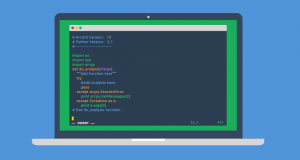
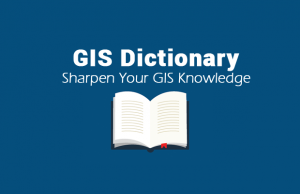


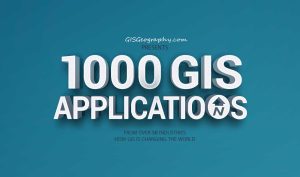
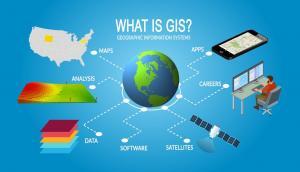


After reading the information above plus the explanation of other people above, I can now differentiate the two disciplines Geomatics and GIS. Thank you so much.
The difference between Geomatics and GIS is:
Geomatics acquires data whilst
GIS processes data
After reading this, I am more confused about the differences between Geoinformatics and Geomatics. I know a University that offers both as different programs.
The term GEOMATICS was first proposed by Neil Anderson (Canadian Hydrographic Service) and Dick Groot (Surveys and Mapping) in 1980. They were both members and founders of the Federal Government’s Inter-Agency Committee on Geomatics (IACG). A few years later Michel Paradis suggested the French equivalent as the term Geomtics became more popular.
Timothy Evangelatos, Ottawa
Actually, there is very thin line between Geomatics and GIS.
To add to the above difference, I will say Geomatics is mostly about Field/On-Site data collection while GIS is mostly about Office/Off-Site data management.
Yes Umar you are right. GIS deals with vector data where as Geomatics field work like surveying & different s/w packages included, where as Geo informatics is also similar, software related office side works. Both goals is for analysis, extract more information about Geo (Earth related)